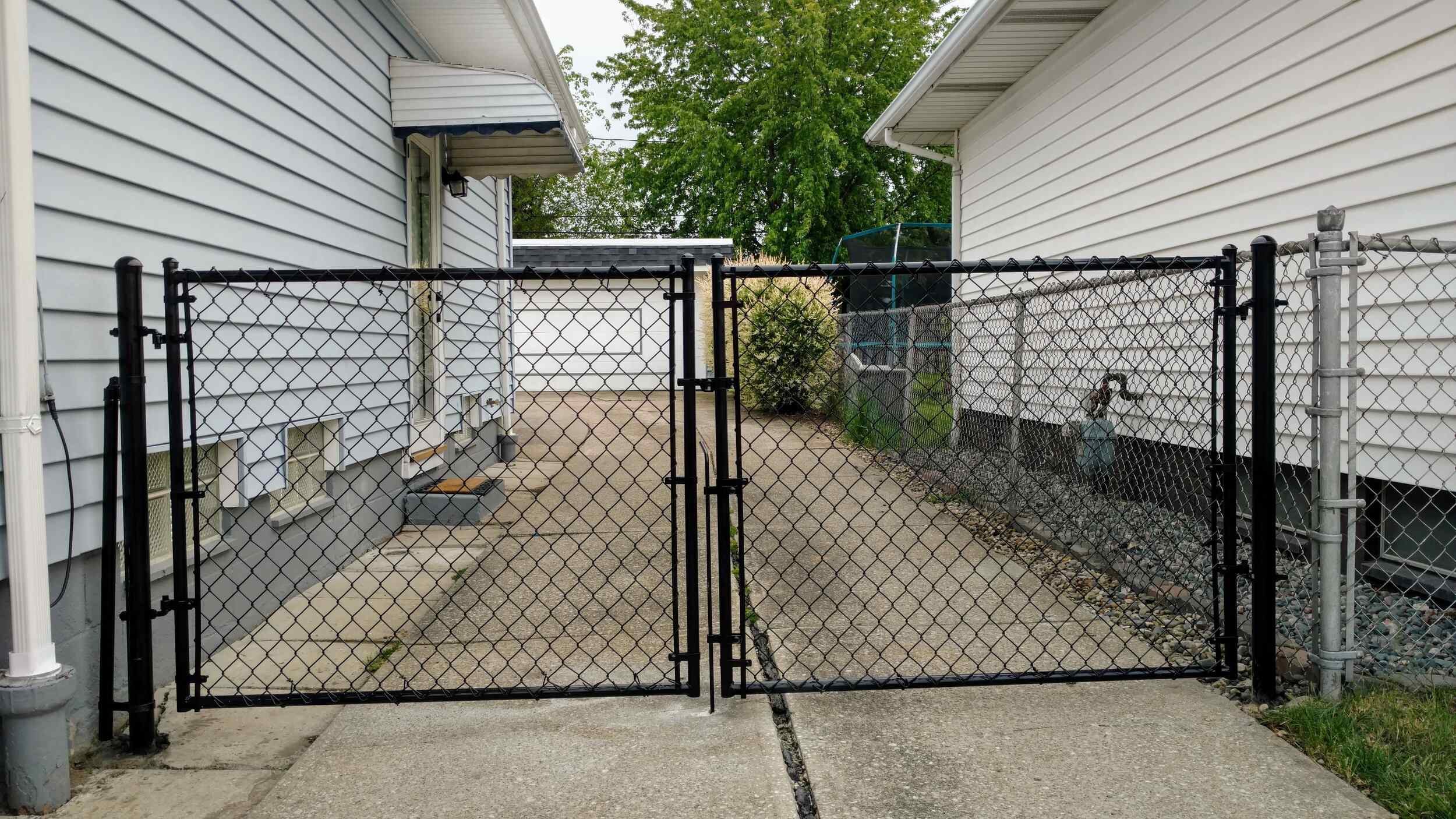The Importance of Anti-Vandal Fencing
In recent years, communities across the globe have faced growing concerns about vandalism and its negative impacts on public spaces. From graffiti art to broken windows, acts of vandalism not only mar the aesthetics of an area but also cost local governments and businesses significant amounts of money in repairs and restoration. One effective solution that has emerged to combat this problem is the implementation of anti-vandal fencing. This article delves into the significance, benefits, and features of anti-vandal fences, highlighting their role in enhancing community safety and aesthetic appeal.
What is Anti-Vandal Fencing?
Anti-vandal fencing is a type of security fence specifically designed to prevent or minimize acts of vandalism. Unlike regular fences, these structures are constructed from durable materials and incorporate design elements that make them difficult to deface or damage. Common materials include reinforced steel, vinyl-coated wire, and other robust composites. The design often includes features such as tall heights to deter climbing, anti-climb spikes, and smooth surfaces that prevent easy graffiti application.
The Benefits of Anti-Vandal Fencing
1. Deterrence of Vandalism The primary function of anti-vandal fencing is to deter potential vandals. When individuals see robust and secure fencing, they may think twice before engaging in vandalism. By creating a physical barrier, communities can significantly reduce the likelihood of such acts.
2. Protection of Public and Private Property Many public spaces, parks, schools, and commercial properties often fall victim to vandalism. The installation of anti-vandal fences helps protect these areas, ensuring that they remain safe and enjoyable for everyone. This protection extends to crucial infrastructure like train stations, subways, and community centers, contributing to their longevity and usability.
anti vandal fence

3. Cost-Effectiveness While the upfront cost of installing anti-vandal fencing may seem high, it can prove to be a cost-effective solution over time. The reduction in damage repair costs, cleaning expenses, and law enforcement resources necessary to address vandalism can save communities significant funds in the long run.
4. Enhanced Security Anti-vandal fencing often includes features that enhance overall security. With its sturdy construction, it serves as a deterrent not just against vandalism but also against theft and intrusion. This added layer of security can provide peace of mind to residents and business owners alike.
5. Aesthetic Value Modern anti-vandal fencing is no longer limited to utilitarian designs. Many manufacturers are now offering aesthetically pleasing options that blend seamlessly with the surroundings. These fences can be painted in various colors or designed with artistic elements, which not only protect but also enhance the visual appeal of the community.
Environmental Considerations
To further benefit the community and environment, many anti-vandal fences are being developed with sustainability in mind. Manufacturers are increasingly using recycled materials and eco-friendly processes to create products that do not compromise environmental integrity. This proactive approach ensures that while protecting properties, communities also contribute positively to their ecological footprint.
Conclusion
In conclusion, anti-vandal fencing represents an effective strategy to combat vandalism while enhancing public safety and aesthetics. Its robust construction and deterrent features provide communities with the necessary tools to maintain their spaces and protect their investments. As cities continue to grow and evolve, the integration of anti-vandal fencing will become increasingly essential in preserving public areas, protecting private properties, and promoting a sense of community pride. Embracing this innovative solution will not only deter potential offenders but also foster a safer and more attractive environment for everyone.
-
The Best Metal Mesh Solutions: Expanded Aluminum Metal vs. Expanded Stainless Steel Metal
NewsSep.10,2024
-
Round Perforated Sheets vs. Hexagonal Perforated Sheets vs. Embossed Perforated Sheet Metal
NewsSep.10,2024
-
Perforated Metal Sheets
NewsSep.10,2024
-
Experience The Excellence Of Stainless Steel Grating
NewsSep.10,2024
-
Discover the Versatility Of Metal Mesh Expanded Forming Machines
NewsSep.10,2024
-
Discover The Advantages Of Steel Grating For Sale
NewsSep.10,2024
Subscribe now!
Stay up to date with the latest on Fry Steeland industry news.

